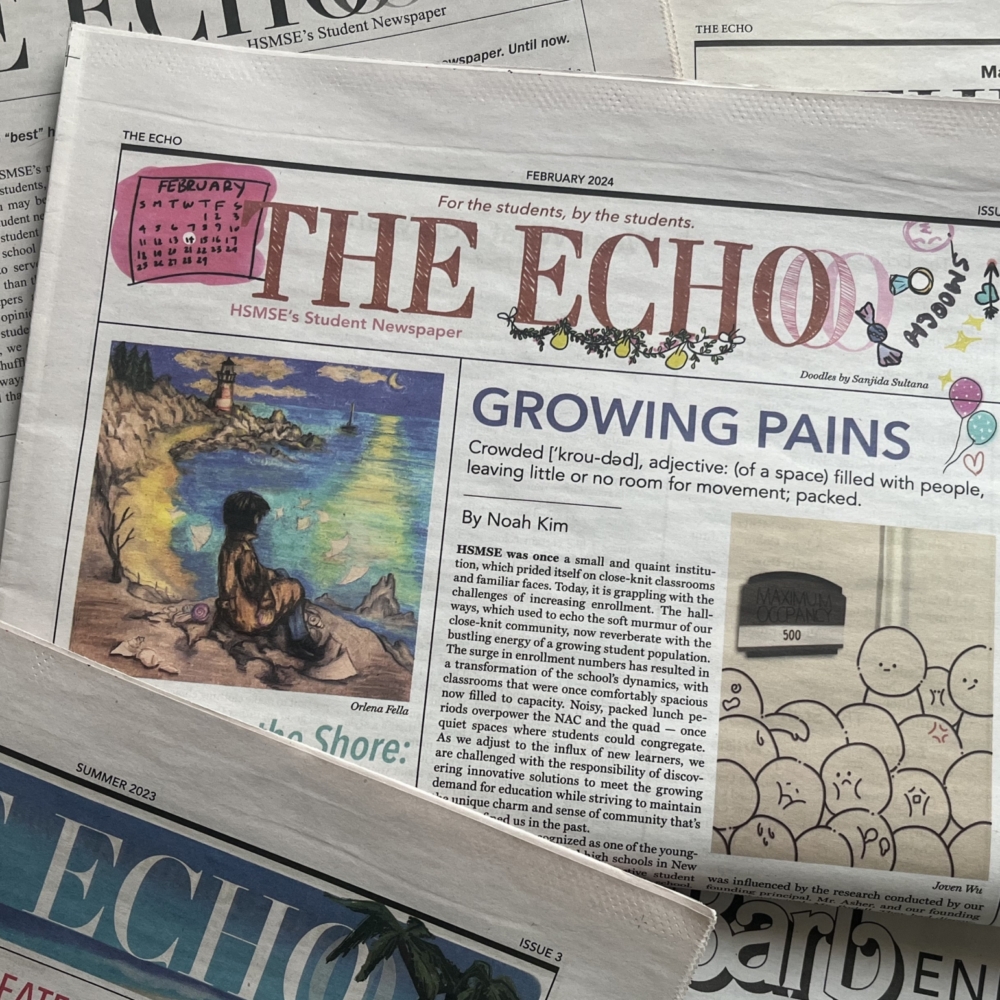Little Known Questions About News Articles.
Little Known Questions About News Articles.
Blog Article
Things about News Articles
Table of ContentsThe Greatest Guide To News ArticlesNot known Facts About News ArticlesFacts About News Articles RevealedThe Ultimate Guide To News ArticlesThe Ultimate Guide To News Articles
Excellent expertise of various topics provides trainees an one-upmanship over their peers. Although digital and social media sites are readily accessible, we must not neglect just how essential it is to review the newspapers. Moms and dads should try and inculcate the routine of checking out a paper as a day-to-day routine to proceed the tradition of the revered print tool.Information stories also consist of at the very least one of the following essential attributes family member to the desired audience: closeness, importance, timeliness, human rate of interest, anomaly, or repercussion.
Within these limits, information stories likewise aim to be comprehensive. Nevertheless, other aspects are involved, some stylistic and some originated from the media kind. Among the bigger and much more recognized papers, justness and equilibrium is a significant consider presenting info. Commentary is normally confined to a separate section, though each paper might have a various overall angle.
Newspapers with a worldwide target market, for instance, tend to utilize a more formal design of writing. The certain selections made by a news outlet's editor or editorial board are often gathered in a design guide; typical style overviews consist of the and the United States Information Style Publication. The main objectives of information writing can be summed up by the ABCs of journalism: accuracy, brevity, and clearness.
The 6-Minute Rule for News Articles
As a guideline, journalists will not make use of a lengthy word when a short one will certainly do. News writers try to prevent making use of the very same word much more than as soon as in a paragraph (sometimes called an "echo" or "word mirror").
Nevertheless, headings often omit the topic (e.g., "Jumps From Boat, Catches in Wheel") or verb (e.g., "Feline female lucky"). A subhead (also subhed, sub-headline, subheading, caption, deck or dek) can be either a subordinate title under the main headline, or the heading of a subsection of the short article. It is a heading that precedes the primary message, or a group of paragraphs of the major message.

Extra signboards of any of these types might appear later in the write-up (especially on succeeding web pages) to attract further analysis. Such signboards are also utilized as pointers to the post in other sections of the publication or site, or as ads for the item in other magazine or websites. Normal structure with title, lead paragraph (summary in bold), various other paragraphs (details) and get in touch with info.

Example of a hard-lead paragraph NASA is suggesting one more space project. The firm's budget demand, revealed today, included a plan to send out another mission to the Moon. This time the company intends to establish a lasting facility as a jumping-off point for other area adventures. The spending plan demands roughly $10 billion for the project.
The NASA announcement came as the company requested $10 billion of appropriations for the job. An "off-lead" is the 2nd most vital front page news of the day. The off-lead appears either in the top left edge, or directly below the lead on the right. To "hide the lead" is to start the short article with history info or details of secondary importance to the visitors, forcing them to review more deeply into a post than they ought to need to in order to discover the important points.
News Articles Fundamentals Explained
Usual usage is that one or 2 sentences each create their very own paragraph. Journalists typically define the organization or structure of a newspaper article as an upside down pyramid. The necessary and most fascinating components of a story are placed next at the beginning, with supporting information complying with in order of reducing relevance.
It permits people to discover a subject to only the read the full info here depth that their inquisitiveness takes them, and without the imposition of information or nuances that they can consider unnecessary, yet still making that details offered to extra interested readers. The inverted pyramid structure also enables short articles to be trimmed to any approximate size throughout design, to suit the space available.
Some authors begin their tales with the "1-2-3 lead", yet there are many kinds of lead offered. A kicker can refer to multiple things: The last story in the information broadcast; a "pleased" tale to end the program.
Longer write-ups, such as magazine cover articles and the items that lead the inside areas of a newspaper, are understood as. Feature tales differ from straight news in several means.
The smart Trick of News Articles That Nobody is Talking About
The journalist typically information interactions with meeting topics, making the piece a lot more personal. An attribute's very first paragraphs typically connect an interesting minute or event, as in an "unscientific lead". From the details of a person or episode, its view rapidly widens to generalizations concerning the tale's subject. The section that signifies what an attribute is around is called the or signboard.

The Editor's Tool kit: A Recommendation Guide for Beginners and Professionals (2001) Allan M. Siegal and William G. Connolly. The New York Times Handbook of Style and Usage: The Authorities Design Overview Used by the Writers and Editors of the World's The majority of visit this page Reliable Newspaper (2002) M. L. Stein, Susan Paterno, and R.
Report this page